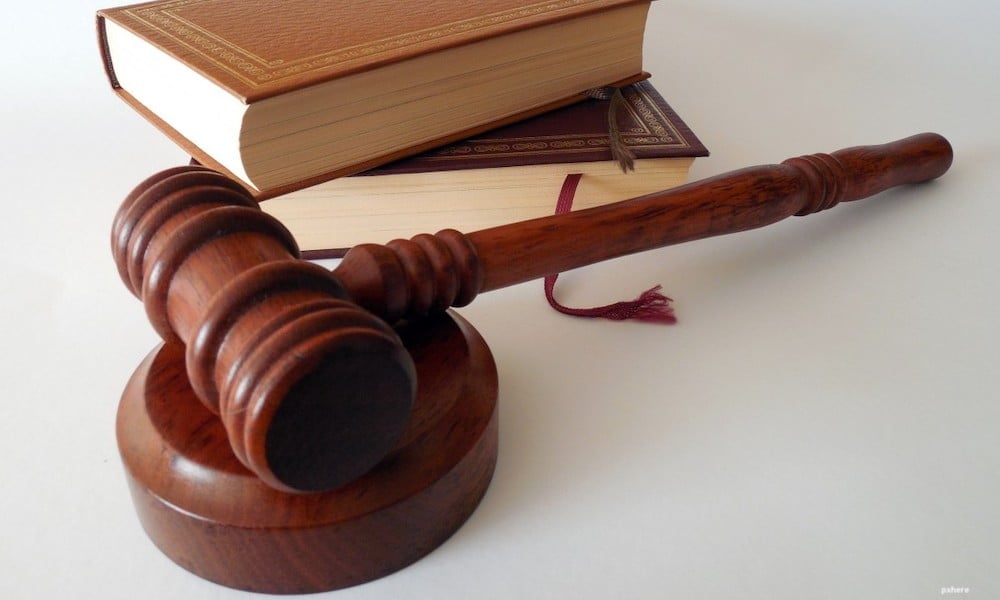Legal
How to Protect Your Trademark Online: 5 key steps
In this article, Intellectual Property Expert, Dr Maria Anassutzi explains the key steps that a company must take in order to protect its online brand, trademarks and reputation.

In this article, Intellectual Property Expert, Dr Maria Anassutzi explains the key steps that a company must take in order to protect its online brand, trademarks and reputation.
Advertising nowadays is vital for all companies big and small and includes building a presence through digital media and social network sites. It undoubtedly offers great opportunities, but also represents increased risks for the company’s intellectual property since it makes it very easy for a brand to come under attack or be taken advantage of. The misuse of brands online has once again become a hot topic, following the changes to Google’s trademark policy, which took effect on 14 September 2010 and on which we commented on in our previous articles.
So, what can you do? Here are some top tips on how to protect your brand online:
- Ensure that you have what you need to make your official online presence the first port of call for customers. This includes domain names, for your brand (and common misspellings), but also potentially Facebook and Twitter profiles, a YouTube channel and an “About Me” page on eBay. Checking these provider’s policies and terms and conditions is also vital. For example, Twitter has a policy of acting in name squatting cases where “there is a clear intent to mislead others through the unauthorised use of trademark”. Facebook, on the other hand, provides an automated IP non-copyright complaint form at facebook.com/legal/copyright.php?noncopy-right_notice=1 However, you will need to be confident that the offending use of your trademark infringes which means that the trademark is used “in the course of trade”. Individual users’ references to your trademark are unlikely to be “use in the course of trade” and therefore are unlikely to infringe.
- Monitor the use of your brand online and this means through all the channels and social network sites and keep it under regular review.
- Develop a strategy for dealing with infringements and other abuses. Identify the key threats for your brand and the services; prioritise infringements and decide which one you will allow to slip away (for budgetary or PR reasons). When will you want to hit quickest and hardest? What roles will you want your brand protection, legal and PR teams and other stakeholders play?
- Join programmes, such as eBay’s VERO. Unlicensed use of trademarks, in respect of counterfeit goods, parallel imports sourced from outside of the EU and competitive products, on eBay and other online marketplaces, is a constant irritation for big brand owners. The extent, to which eBay may be liable for the infringements of those placing listings on its online marketplace, remains subject to question and may differ from jurisdiction to jurisdiction. When it will be appropriate to make use of online facilitators’ own policies and procedures.
- Make use of the domain name dispute resolution procedures, available through ICANN (the UDRP) in respect of .com disputes or through the national equivalent, in respect of country level domain names, for example Nominet for .uk domain names. Your complaint will usually be only being successful if the domain name holder’s domain name is (i) Identical or confusingly similar to your trademark or service mark; (ii) The domain name holder has no rights or legitimate interests in respect of the domain name; and (iii) The domain name holder’s domain name has been registered and is being used in bad faith. Nominet, the registry for .uk domains, is consulting over whether to amend its terms and conditions to include provisions to allow it to suspend domain names involved in criminal activity.
On a similar note, Google Instant is believed to aide top brand and intellectual property owners in guiding users to their web sites in searches based on generic terms. So, if a user searching for a specific brand of chocolate is unsure of the name, they could type in the letters “choc”, which auto completes “chocolate” and be presented with a top chocolate brand list. It is argued that by making corrections and suggestions as users type, Google Instant can help users avoid being misdirected to fraudulent sites, because of misspellings or other errors, helping brand owners in getting users to legitimate sites more quickly. However, it is also suggested that companies with less website traffic or more unusual searches may get penalized.
In addition, the availability of new generic top-level domains (gTLDs) from next year, will allow companies and brand owners to choose between a company or brand name registration (for example .chocolate). The new gTLDs will allow corporations and brand owners to register their company name as a new gTLD and then register all of their brands and descriptive terms for their products under their company domain name. Companies also run the risk that, that a competitor will purchase an industry keyword. So, it is important that actions are taken and steps are put in place to create a suitable intellectual property strategy.
All articles are for general purposes and guidance only and do not constitute legal or professional advice.



